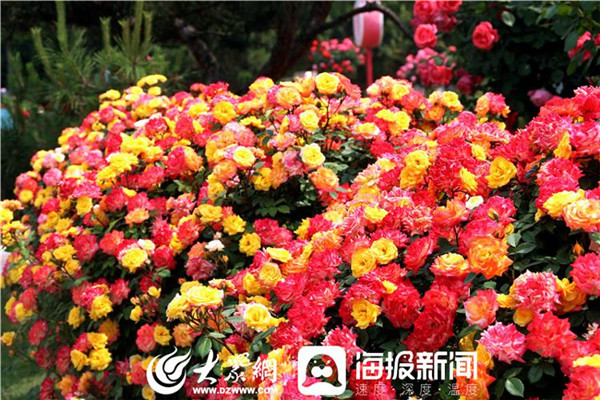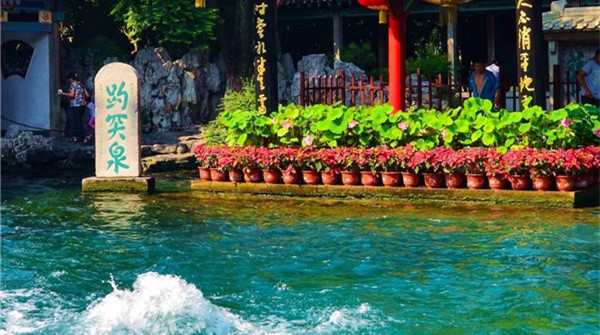Lu embroidery stitches traditional culture to the world
Shandong province in East China is regarded as an important cradle of Chinese civilization, which generated a diverse range of civilizations, and has developed refined and sophisticated artworks, handicrafts and rich intangible cultural heritages, such as Lu embroidery, which is also known as Shandong embroidery.
Lu embroidery, one of China's eight famous embroideries, thrived during the Spring and Autumn Period (770-476 BC) in the Qi and Lu states, and included Jimo lace embriodery, Gaoqiao hand embroidery, Wendeng Lu embroidery, and Yantai woolen embroidery.

The traditional craft of Jimo lace embroidery originates from Lu embroidery, and integrates European embroidery techniques and patterns. It is a traditional handicraft skill dating back hundreds of years in Jimo district, Qingdao city, Shandong province in East China. [Photo/WeChat account: sdswltwx]

Gaoqiao hand embroidery is considered a representation of Lu embroidery and has a 270-year history. It originated in Shandong's Gaoqiao town in Yishui county. Gaoqiao hand embroidery is known for its vibrant colors and is frequently used as decorations by locals. [Photo/WeChat account: sdswltwx]

Wendeng Lu embroidery is a traditional type of embroidery that dates back to the Spring and Autumn Period. It has a unique style, and is spread widely throughout China. [Photo/WeChat account: sdswltwx]

Yantai woolen embroidery is a traditional handicraft that uses engraved steel wires on various hues of high-quality wool. Its origins can be traced back over 2,000 years ago. [Photo/WeChat account: sdswltwx]

 Nishan Forum on World Civilizations
Nishan Forum on World Civilizations Explore magnificent Yellow River culture in Shandong
Explore magnificent Yellow River culture in Shandong

